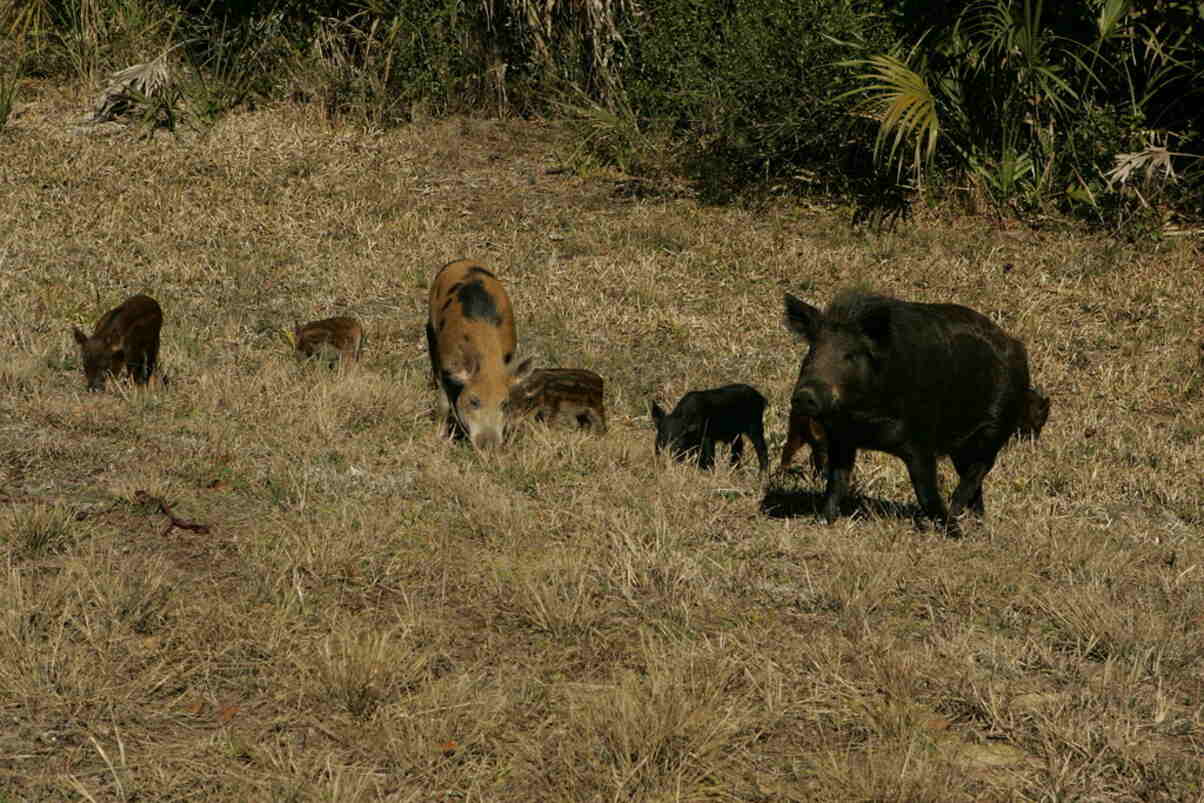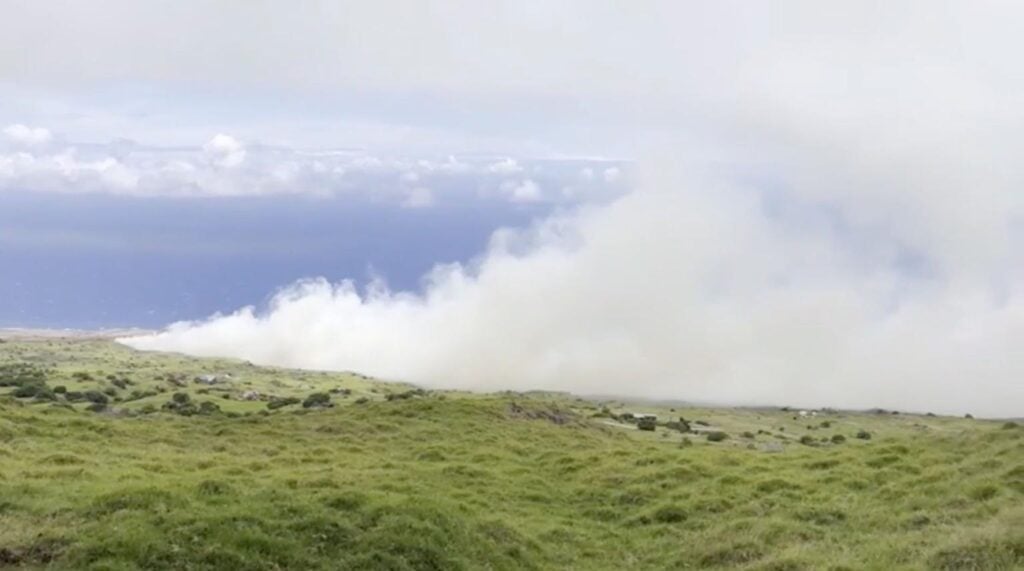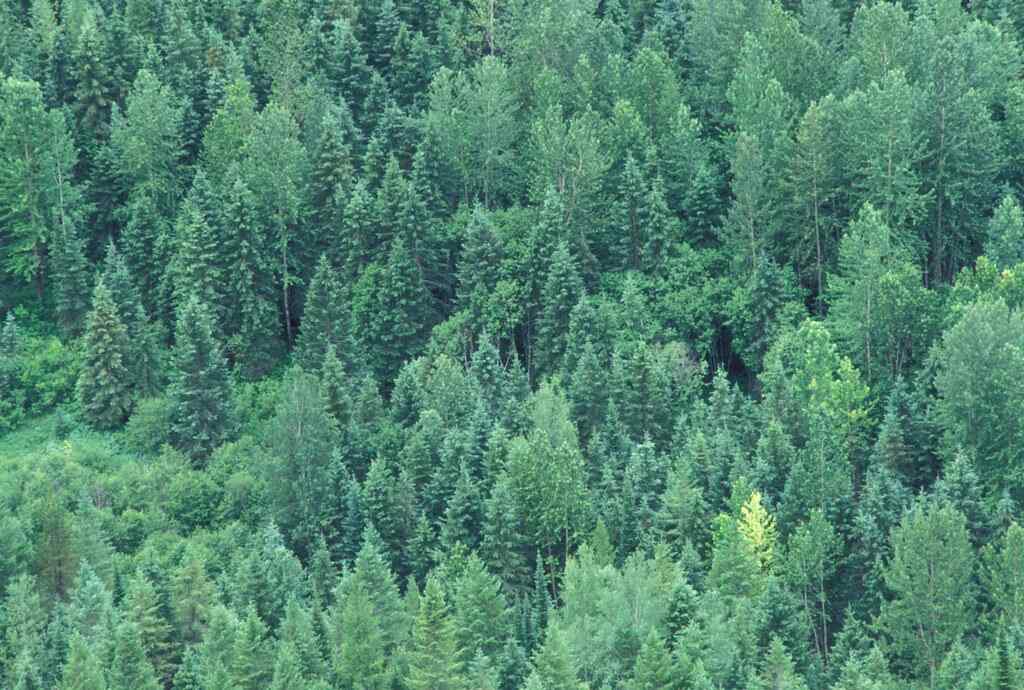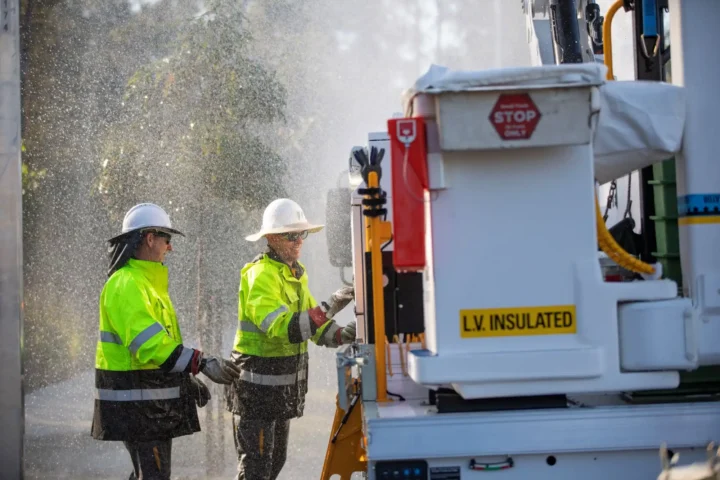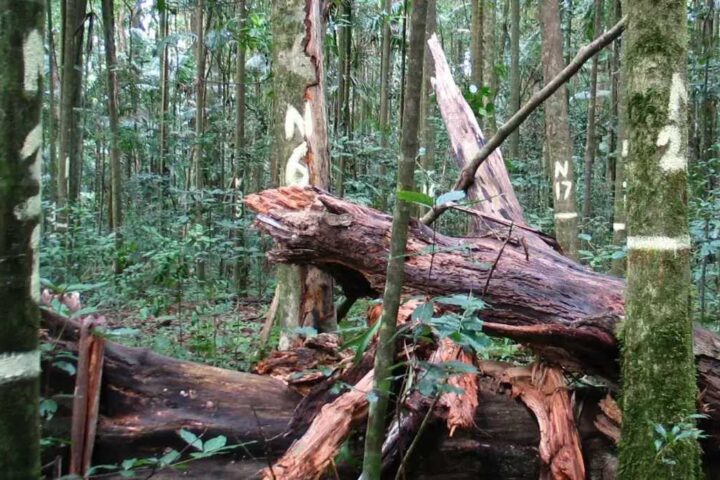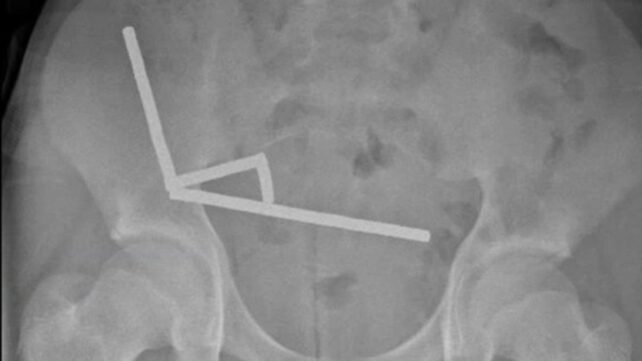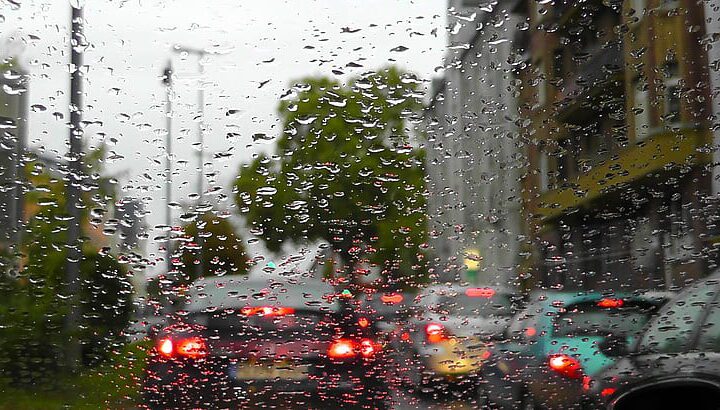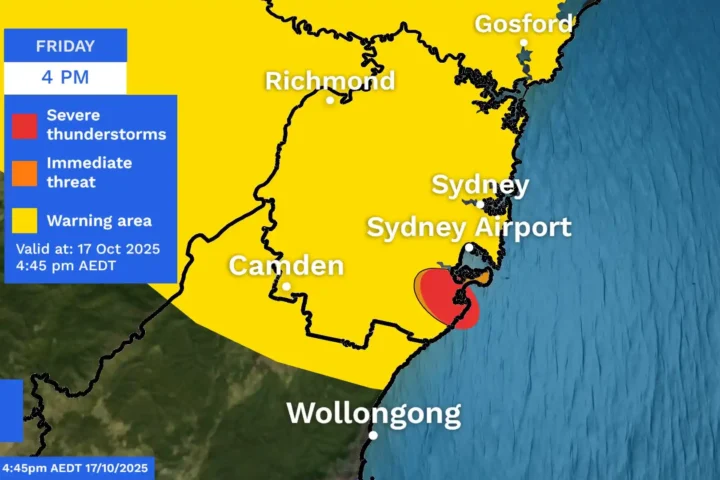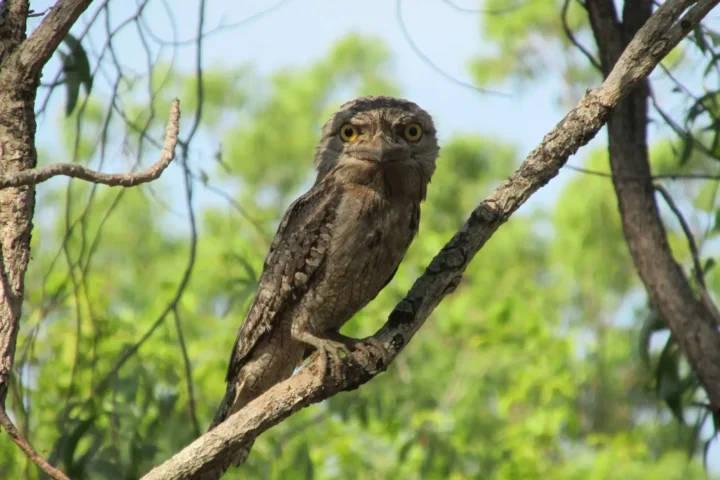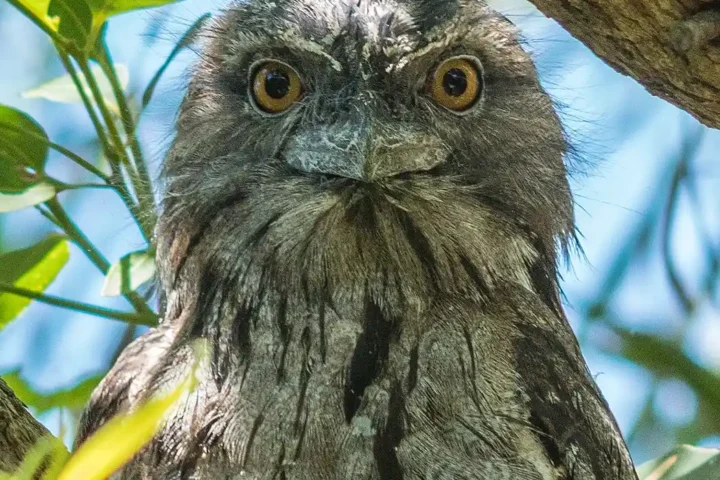The NSW Government has announced a significant $140 million funding boost for biosecurity and agricultural innovation, marking a historic investment to safeguard the state’s farming future. This package includes $100 million for strengthening biosecurity defenses and $41.2 million for modernizing agricultural research and development.
The announcement, made by Premier Chris Minns and Agriculture Minister Tara Moriarty, brings the state’s total biosecurity budget to a record $1.05 billion. This unprecedented investment comes in response to mounting evidence that invasive species are costing NSW dearly – an estimated $1.9 billion annually according to recent government reports.
“This isn’t charity – this is absolutely crucial in protecting the NSW economy,” said Premier Minns. “This is a $20 billion industry and it’s absolutely huge. It employs thousands of people right across NSW.”
Feral animals alone cost the state approximately $500 million in damages every year. From feral pigs and fire ants to deer and wild dogs, these invasive species threaten not just farm productivity but Australia’s unique biodiversity.
NSW Farmers President Xavier Martin welcomed the funding, saying practical, long-term support for biosecurity was “long overdue.”
Similar Post
“Everything from feral pigs and fire ants to deer and wild dogs are causing grief everywhere we turn, and soon it won’t just affect our farming – it will affect our way of life,” Martin said.
The biosecurity funding will strengthen detection, protection, and rapid response systems. It builds on earlier efforts that have already seen notable successes, including the control of more than 212,000 feral pigs and 18,000 feral deer. The government has also conducted over 200 biosecurity workshops attended by more than 5,000 farmers.
The investment in research and development will promote emerging technologies such as AI-assisted farming. This adds to the $60 million invested last year to upgrade seven research facilities across regional NSW.

This funding boost follows concerning findings from the Natural Resources Commission’s invasive species management review, which revealed the cost of invasive species to NSW has ballooned from $661.2 million in the early 2000s to current levels. Without significant reform, experts warn these costs could skyrocket to $29.7 billion annually by 2030.
The importance of strong biosecurity measures extends beyond economics. Invasive species are the highest impact driver of extinctions in Australia, threatening 70% of the country’s endangered wildlife and ecosystems.
By investing in prevention, detection, and control of biosecurity threats, the NSW Government aims to protect not just the agricultural sector but the state’s unique environment and way of life for future generations.
